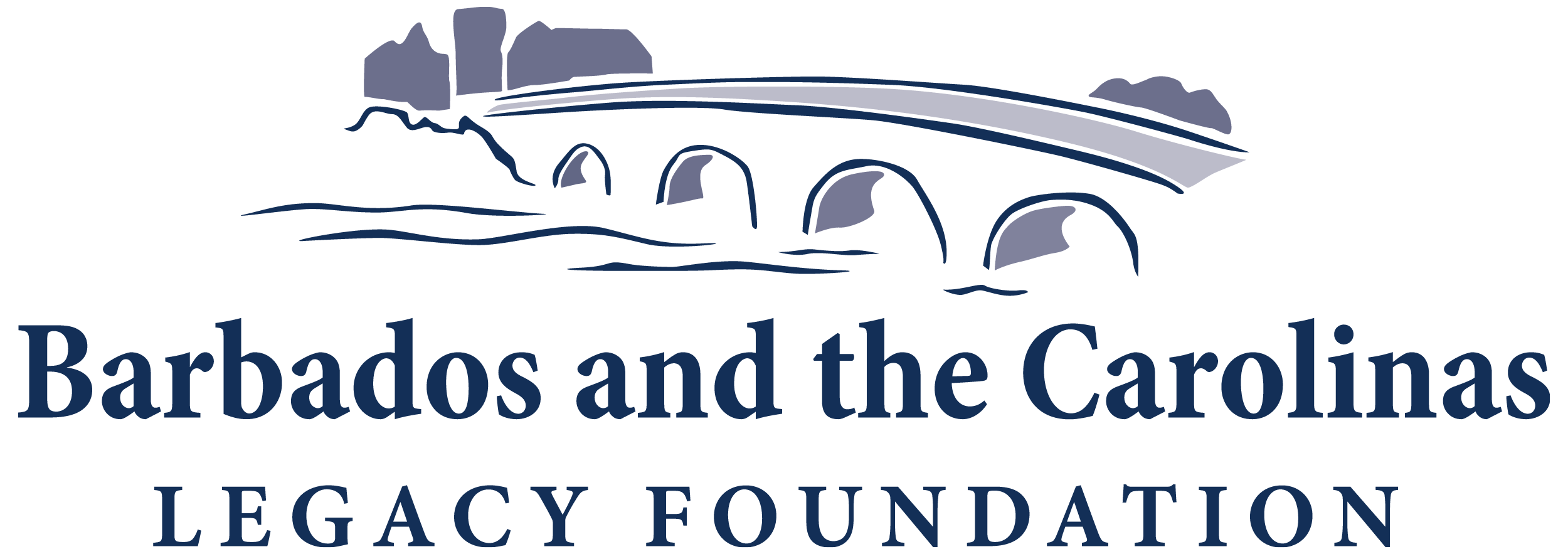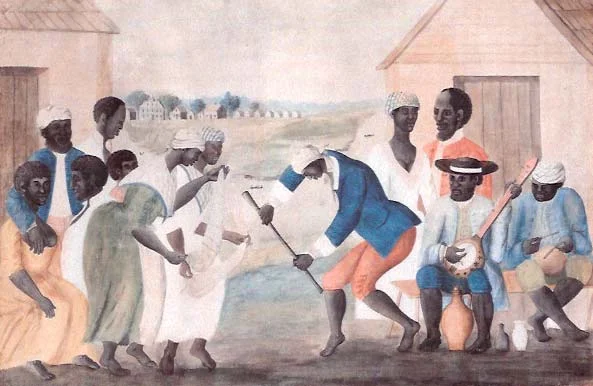A fascinating story about The Goose Creek Men
The first four decades of Carolina have been called the age of the Goose Creek Men, an influential political faction of Barbados planters who settled in Goose Creek, a community just north of Charleston.
A decade before Carolina was founded, white servants who had satisfied the condition of their indenture, small planters, craftsmen and the sons of large planters left Barbados. Some of them returned to England. Others ventured to other Caribbean islands and North American colonies.
At Carolina, some of them first settled in 1665 at the Cape Fear River, then by 1670 at Goose Creek. These veteran farmers and explorers brought with them slaves, the parish system, and the Anglican Church. As the colony was being established these independent and confident settlers were the kind of people the Proprietors had encouraged to join the colony to increase its chances of its success, but these settlers soon formed the core of political dissent.
From 1670 to 1712, the Goose Creek men saw the Proprietors and their allies in the colony as a threat to the way they wanted to do business. After all, they came to Carolina for one purpose only – to make money – and they did not want anyone, not even the government, to interfere with their ability to profit from the illegal Indian slave trade or do business with pirates, including the gentleman pirate Stede Bonnet.
Women in the Goose Creek community were also active politically. One observer at the time said, “The women of the town (Goose Creek) are tuned politicians also and have a club where they meet weekly.” It was highly unusual and progressive at that time for women to be so politically engaged.
As tensions mounted, the Proprietors initiated efforts to entice new settlers into the colony for the dual purpose of making a profit and lessening the political influence of the unruly Barbadians.
The drive to diversify the colony brought in Quakers, Huguenots, English Baptist, and Scottish Presbyterians. Many came as indentured servants, pushing the colony’s population to about 2,500 by 1685. As members of the Church of England, the Goose Creek men resented these outsiders and did not support the idea of religious freedom that attracted the newcomers to Carolina.
The proprietors also removed Goose Creek Men from appointed government positions. But the politically cunning Goose Creek Men were able to gain de facto control of the colony in the 1690s through the Common House of Assembly, in which they held a majority. By 1719, colonists mounted a “bloodless coup” against the Proprietors that placed Carolina on the path of becoming a colony controlled by the British government by 1721.
The change from proprietary rule to a royal government did not solve all of the Goose Creek Men’s problems. Issues of currency, political representation and taxation continued to trouble the people from Goose Creek. Their dissent became part of an even wider call for independence. A half century after the Goose Creek Men defeated the Proprietors, their sons and daughters raised their voices in the 1776 revolution.


